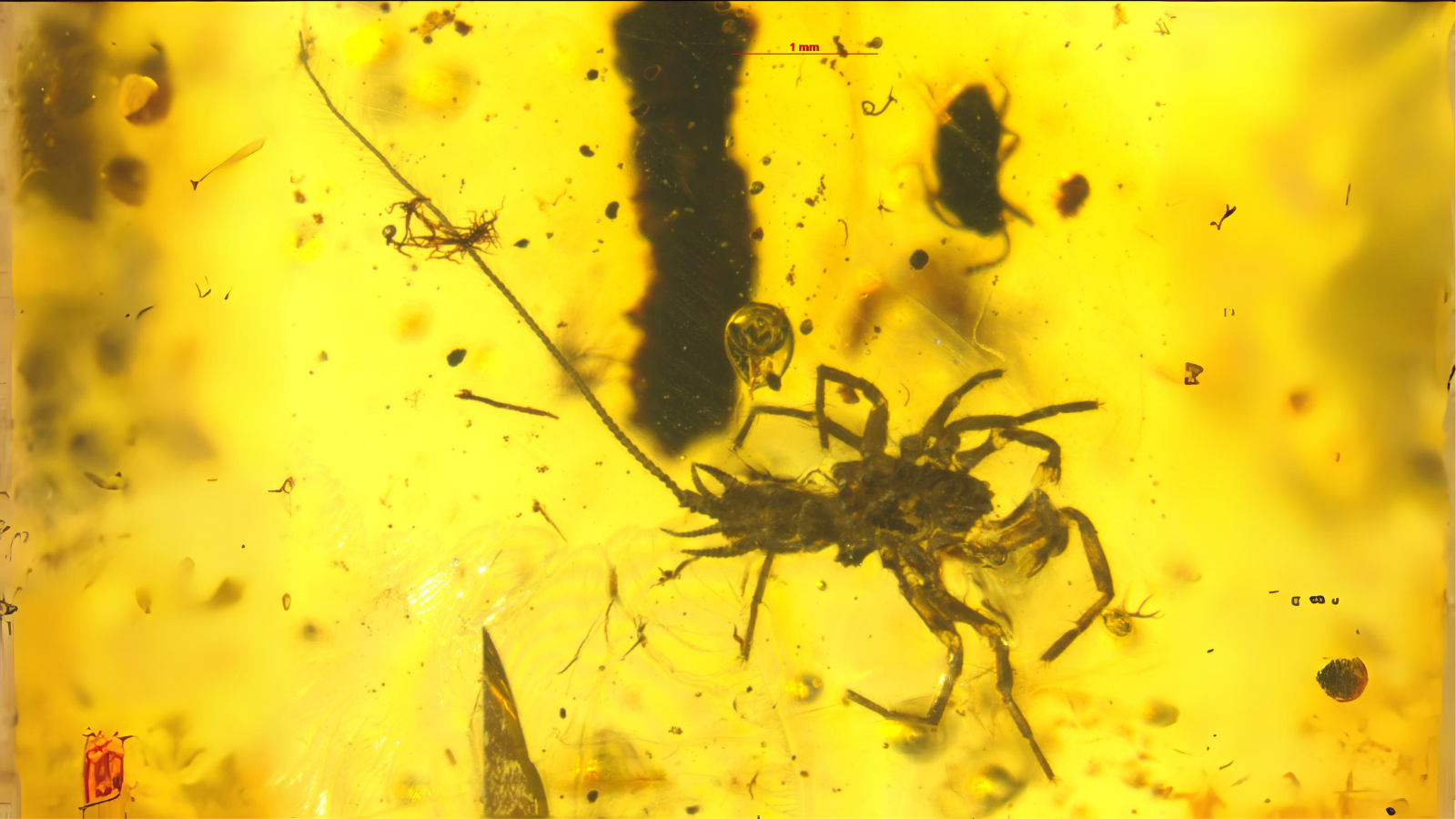


Why Intelligent Design Best Explains the Fossil Record Data

Whales: New “Icon of Evolution” or a Challenge to Darwinian Theory?
On this episode of ID The Future, Casey Luskin discusses a recent fossil discovery that puts a kink in the evolutionary explanation of whales. Evolutionists claim that whales evolved from fully terrestrial mammals to fully aquatic ones in 5-10 million years. The new fossil find of a whale jaw bone shrinks that number considerably, making a shaky theory even shakier. Luskin explains that it’s highly unlikely that the number of changes needed for such a transformation could occur in such a small time period. “Mathematically speaking, it is not possible that an unguided Darwinian process could take a land mammal to a whale in such a short period of time.”
Read More ›
The Cambrian Explosion Just Got More Explosive
On this episode of ID the Future, Casey Luskin reports on the latest fossil finds showing evidence for Cephalopods appearing “in the geological blink of an eye.” What does this mean for Darwinian evolution? Tune in and find out.

Intelligent Design Predictions for the Fossil Record and “Junk” DNA
What does the fossil record tell us about intelligent design? And what does intelligent design predict when it comes to “junk”-DNA? On this episode of ID the Future, Casey Luskin explores more of intelligent design’s testable predictions in a recent talk he gave at the University of Arkansas.

Biomimetics, Peppered Moths, and Ardi: The Top Ten Darwin and Design Science Stories for 2009
You could call it the year of evolution hype gone bust. On this episode of ID the Future, Casey Luskin interviews Dennis Wagner, executive director of the Access Research Network about their Top Ten Darwin and Design Science News Stories for 2009. Listen in to this second installment as they discuss five stories for 2009, including the crumbling icons of evolution, peppered moths, the overhyped fossil, “Ardi,” and the positive case for design in the Cambrian explosion.
Read More ›